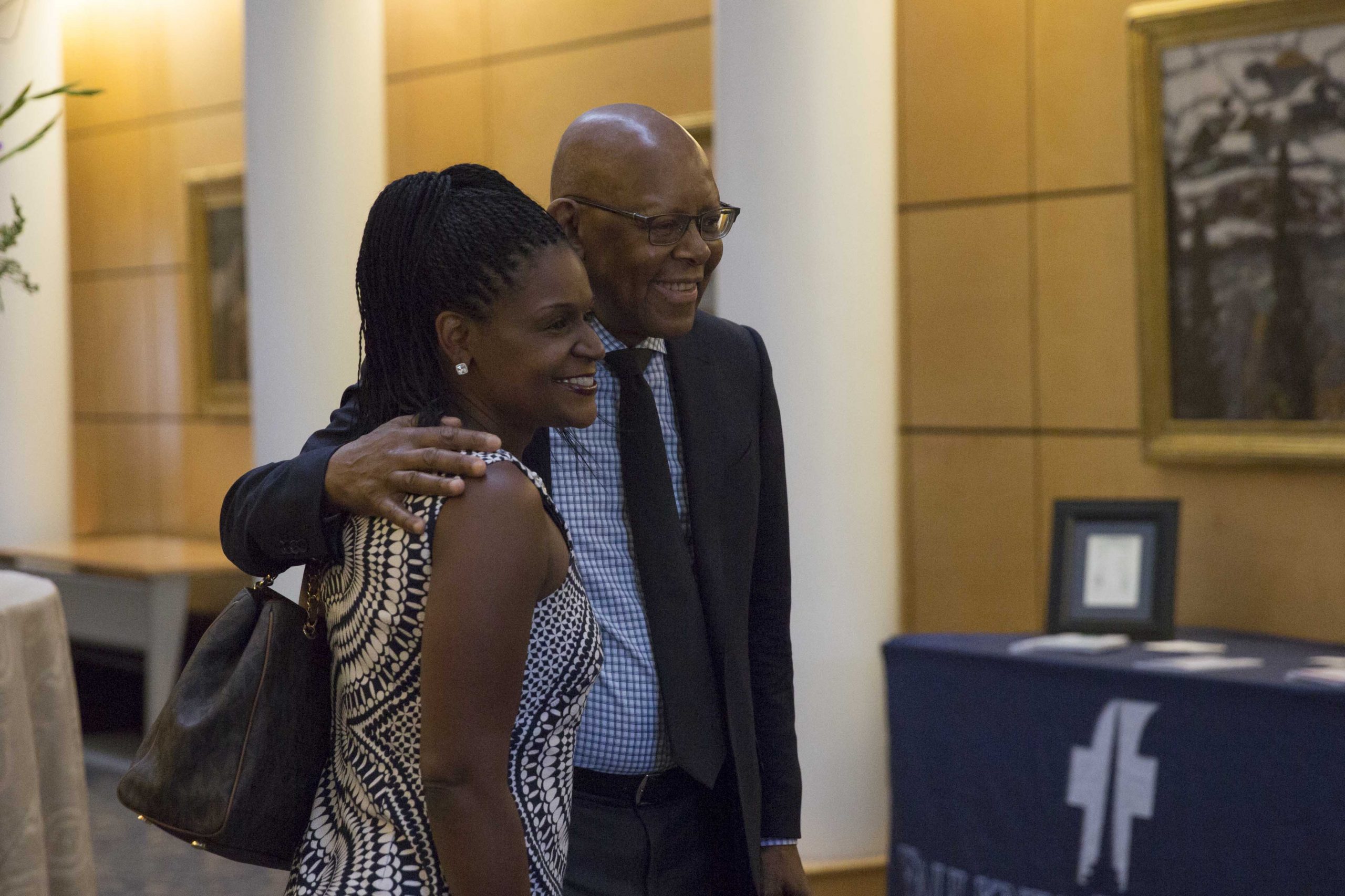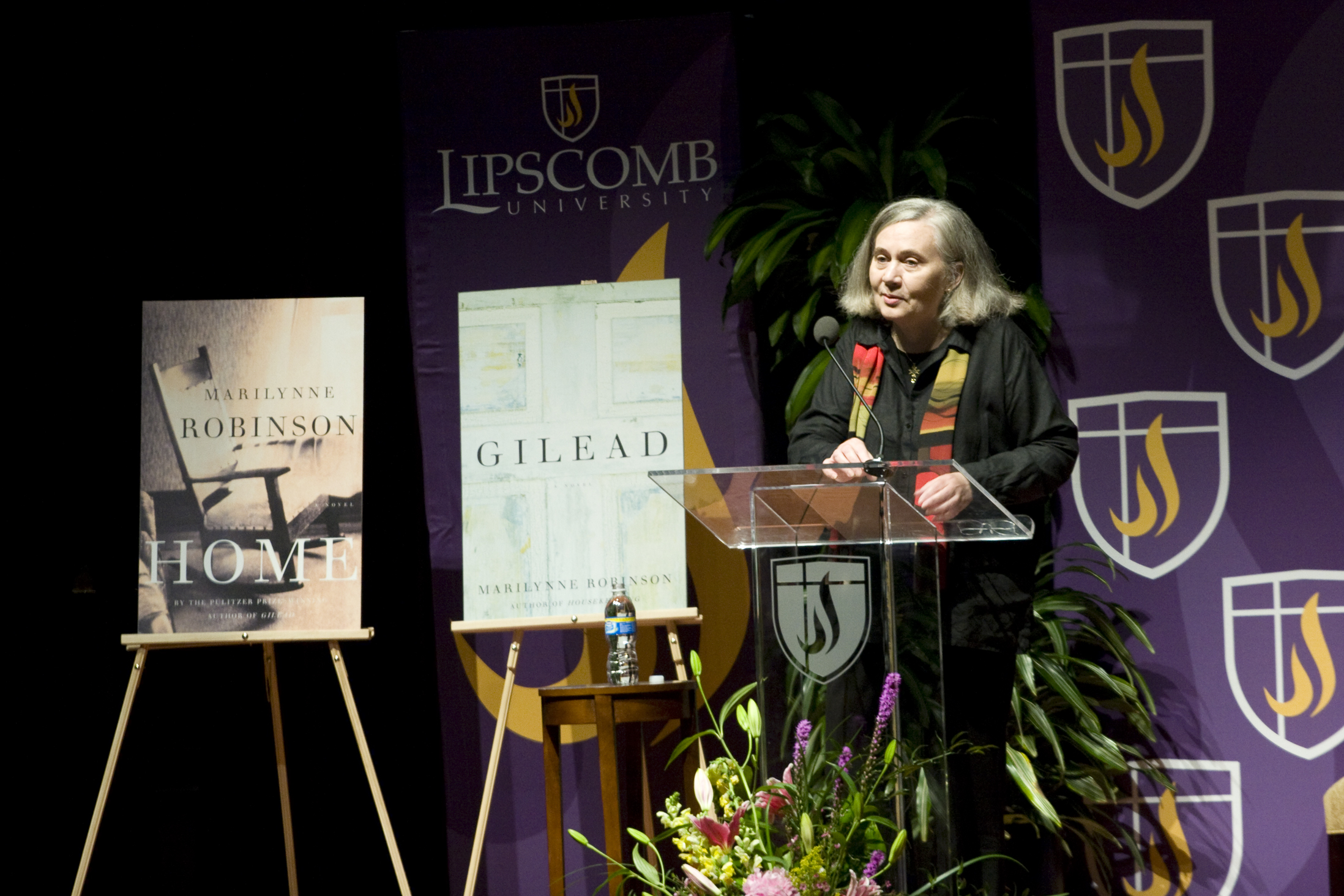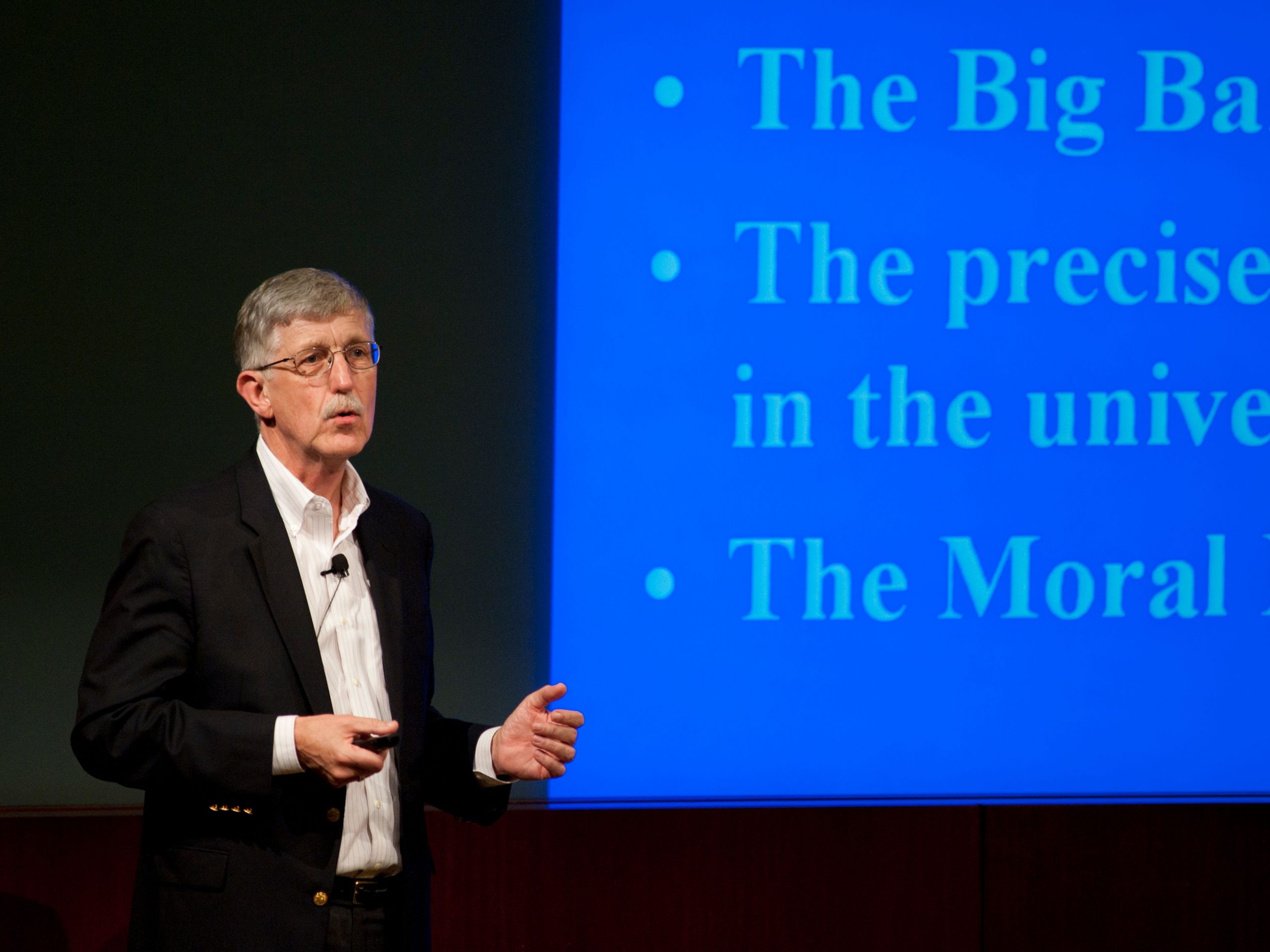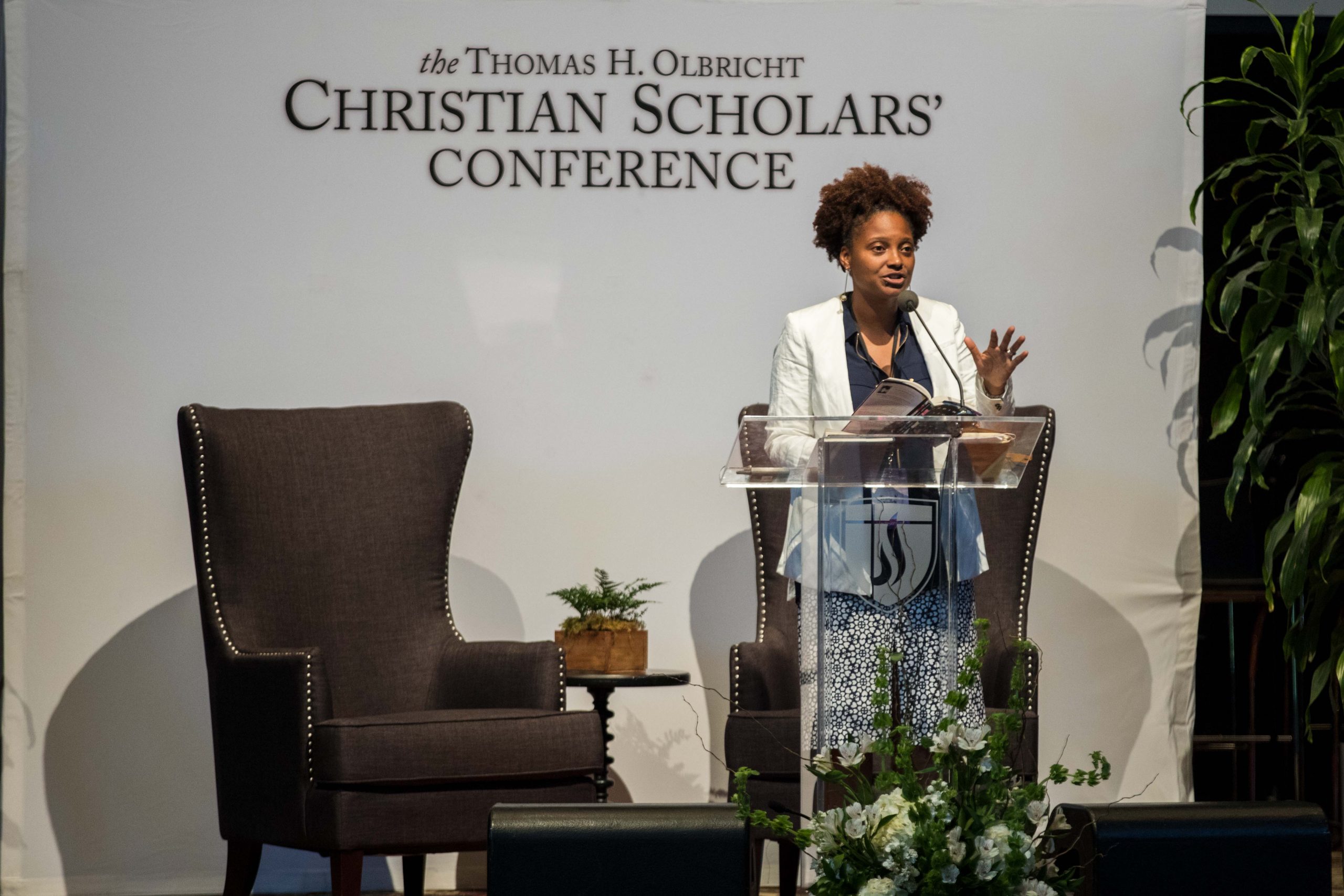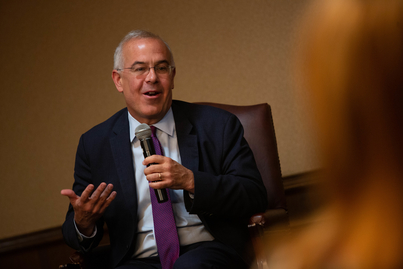The Hermeneutics of Unity in and after Scripture 2022: Genesis 4–11: Session I
When: June 8, 2022, 1:00 pm - Wednesday
Where: Swang 232
Session 1
Session Abstract
The “Hermeneutics of Unity in and after Scripture” session explores the hermeneutics of unity involved in the reception of earlier texts by later ones within the biblical corpus, as well as by other authors and communities in Second Temple Judaism, early Christianity, and more contemporary periods. Across this literature, focused attention is given to the nature of the hermeneutic employed to foster and protect continued unity within each respective interpreting community. This year’s sessions treat the reception of Gen 4–11 and welcome explorations of the hermeneutics of unity, whether that unity moves toward positive or negative ends.
Paper Abstracts
Melvin Otey, Faulkner University, “Genesis 4 in 1 John 3: Cain and Abel as Models for Christian Division and Unity”
First John addresses a Christian community wounded by internecine conflict. Some who are—or were—identified with the community are denying Jesus and encouraging sin. In defining the conflict, the epistle poignantly associates those who depart from apostolic teaching about Jesus with wicked Cain and those who remain loyal with righteous Abel. By presenting the brothers as archetypes of antithetical families, the author makes one of the earliest OT narratives directly relevant to the life of an early Christian community, deepens the schism that is occurring, and protects the unity of those who remain.
Kipp Swinney, Baylor University, “Inundation and Prophetic Inspiration: Communal Identity and the Use of Traditions from Genesis 4–11 in the Prophetic Corpus”
Reciprocity defines the relationship between Genesis 4–11 and the Latter Prophets. Genesis 4–11 contains old traditions referenced in the Prophets. These prophetic writings, however, help shape the development of these traditions before their codification in Genesis. In some cases, a near final form of Genesis 4–11 impacts the formation of Prophetic texts. These Judean traditions critique claims from the Babylonian mythopoetic traditions, and thus function to maintain a cohesive Yahwistic identity resistant to any imperial domination. The prophets utilize these traditions and identity to both comfort their communities and convict them of deviant practices and beliefs.
Wes Crawford, Abilene Christian University, “United We Fall: The Unifying Power of the Curse of Ham”
Throughout the antebellum period, countless American Christians attached biblical authority to perpetual race-based slavery by appealing to a misguided and racist interpretation of Genesis 9:18-29. The so-called curse of Ham assigned negative connotations to blackness, granted privileged status to white skinned Euro-Americans, and created an unholy bond among those seeking to justify the peculiar institution. Though people of faith often declare the power of Scripture to unite believers toward a common and just mission, this study demonstrates the lurking danger of a unity-fostering hermeneutic.
Speakers
Daniel Oden, Harding University, Convener
- Melvin Otey, Faulkner University, "Genesis 4 in 1 John 3: Cain and Abel as Models for Christian Division and Unity"
- Kipp Swinney, Baylor University, "Inundation and Prophetic Inspiration: Communal Identity and the Use of Traditions from Genesis 4–11 in the Prophetic Corpus"
- Wes Crawford, Abilene Christian University, “United We Fall: The Unifying Power of the Curse of Ham”
- John Fitzgerald, University of Notre Dame, Respondent

